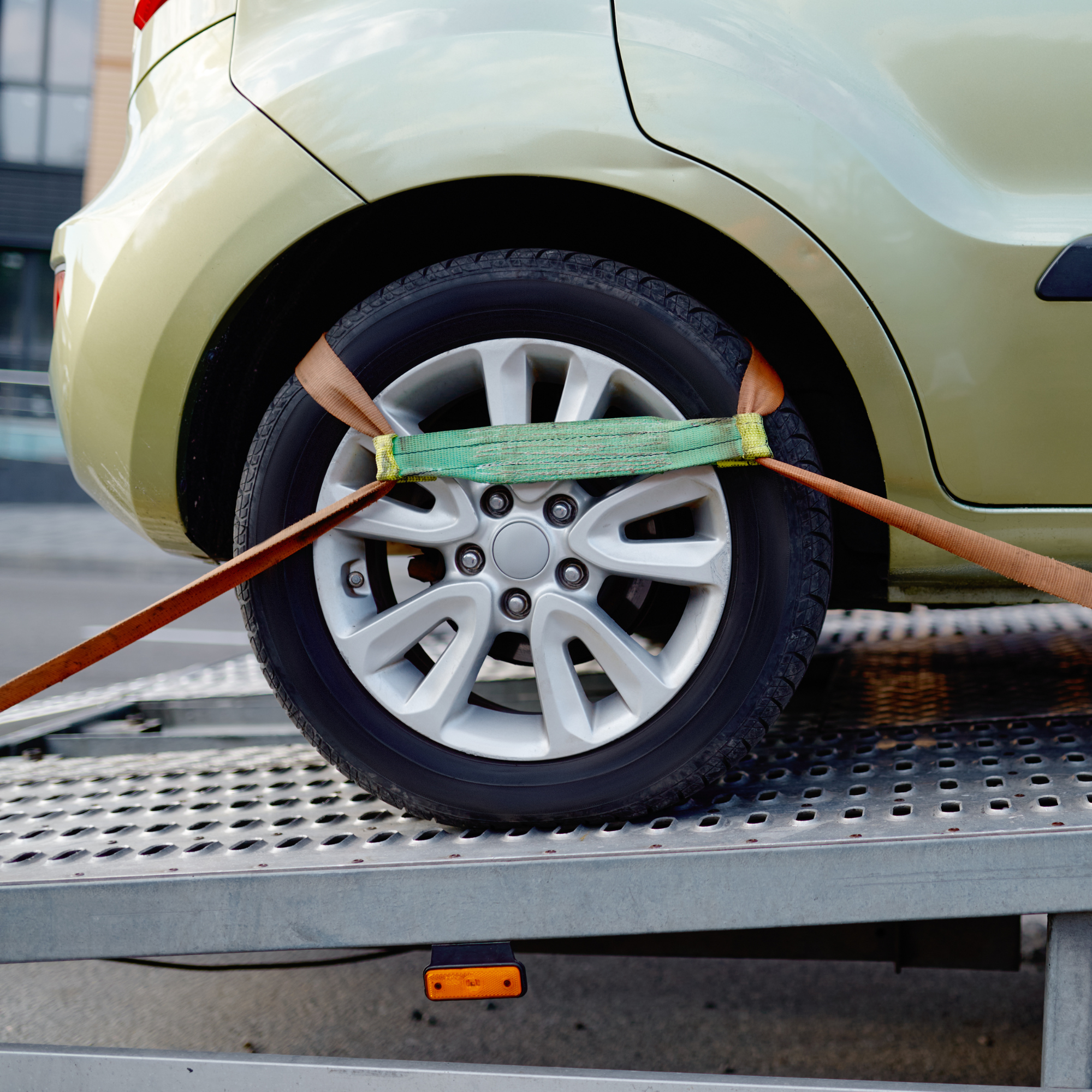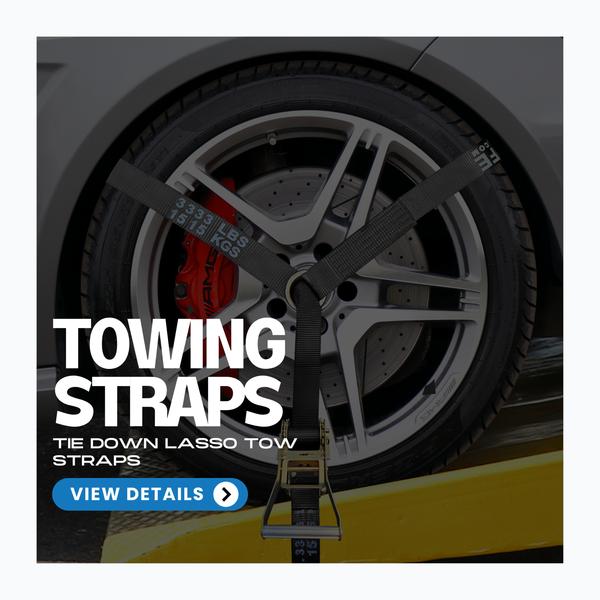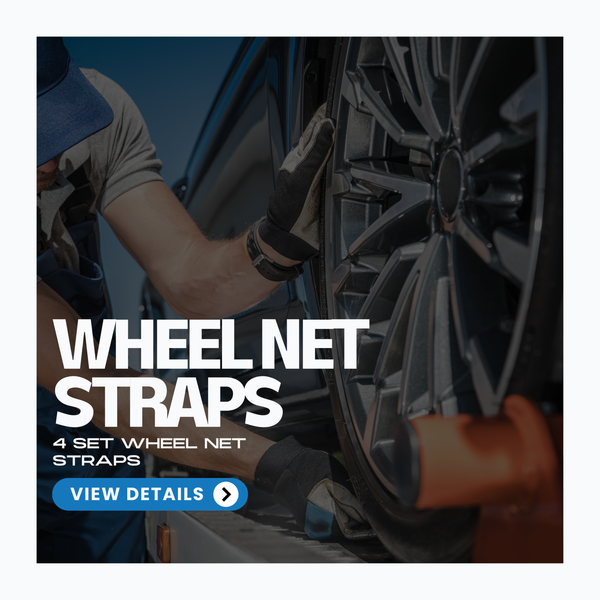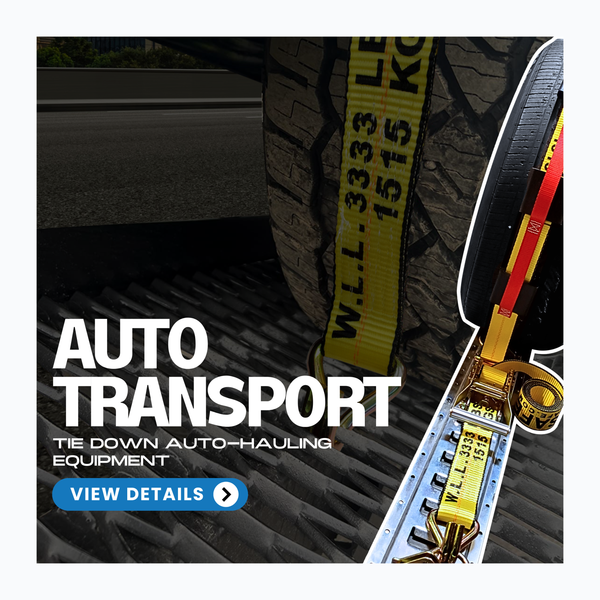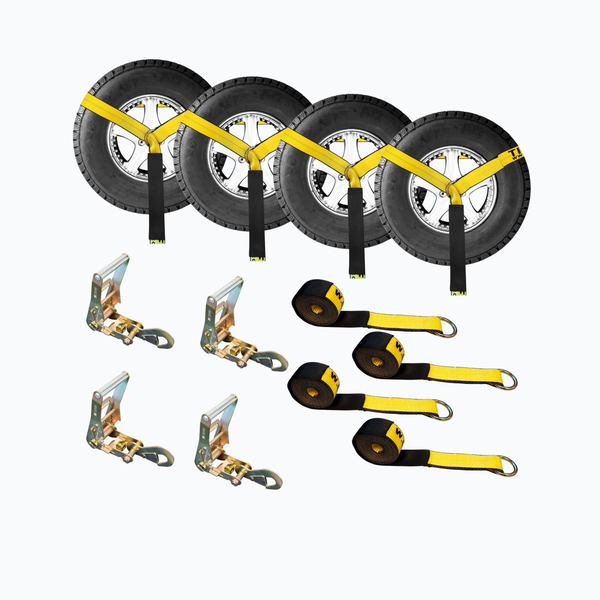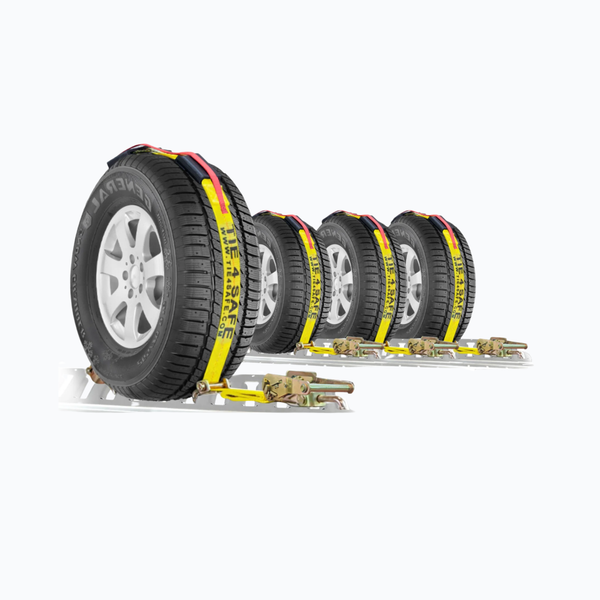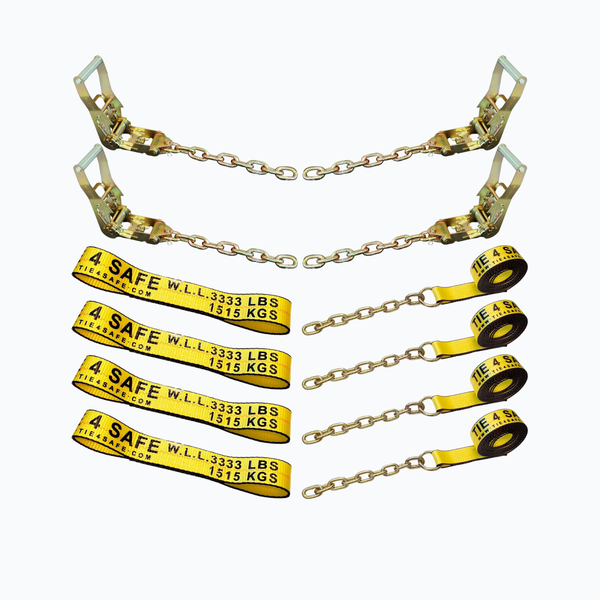Choosing The Right Option
Towing straps are essential tools for vehicle recovery, towing, and hauling heavy loads. Selecting the right towing strap is crucial for safety and effectiveness, as each type is designed for specific uses and load capacities. This guide explores the different types of towing straps, their applications, and key factors to consider when choosing the best option for your needs.
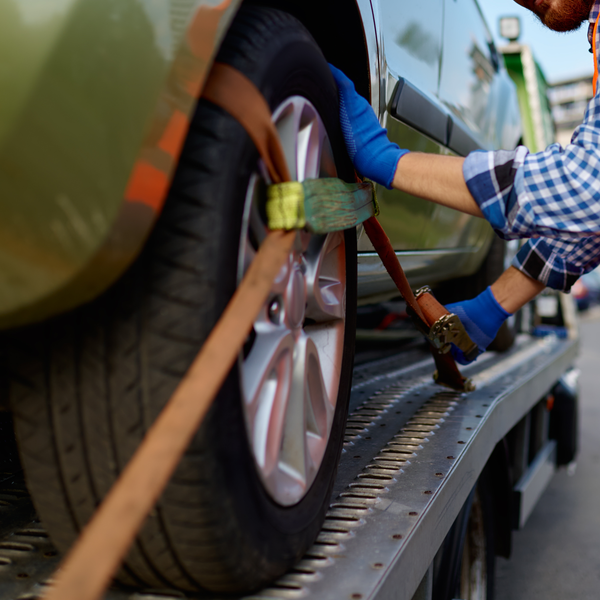
Choosing The Right Option
Towing straps are essential tools for vehicle recovery, towing, and hauling heavy loads. Selecting the right towing strap is crucial for safety and effectiveness, as each type is designed for specific uses and load capacities. This guide explores the different types of towing straps, their applications, and key factors to consider when choosing the best option for your needs.
Types of Towing Straps
Towing straps can be categorized into two main types: recovery straps and tow straps. However, specialized straps—such as lasso straps, wheel lift sets, RTJ cluster straps, auto transport wheel straps, and rollback sets—are designed for more specific towing and hauling applications. Below, we break down each type in detail.
Recovery Straps
(Snatch Straps/Kinetic Recovery Ropes)
Recovery straps are designed with elasticity to stretch under tension, allowing for a gradual, controlled pull. This kinetic energy helps "snatch" a stuck vehicle out of mud, sand, or rough terrain without causing sudden jerks that could damage the vehicle.
Lasso Straps
(Tow Straps)
Lasso straps feature a looped end that secures around a vehicle’s wheel or axle, making them ideal for wheel lifts and towing applications where direct hook points are unavailable.
Wheel Lift Sets
(4-Set Towing Kits)
Wheel lift straps are used with tow trucks and wheel lift systems to secure a vehicle’s front or rear wheels during transport. They prevent movement and ensure stability while towing.
- Best for: Tow truck operations, wheel lift towing
- Key Features: Heavy-duty construction, reinforced stitching, secure fastening mechanisms
Auto Transport
(Over Tire Wheel Straps)
These straps are specifically designed to secure a vehicle’s wheels to a trailer or flatbed, preventing shifting during transport.
- Best for: Car haulers, enclosed trailers, long-distance towing
- Key Features: Non-slip grip, reinforced webbing, quick-release buckles
Rollback Sets
(8 Point Tie Downs & Chain Sets)
Rollback straps are used with rollback tow trucks to secure vehicles during loading and unloading. They often include multiple straps with chain or hook ends for maximum stability.
- Best for: Rollback tow trucks, winching operations
- Key Features: Heavy-duty construction, corrosion-resistant hardware, high breaking strength
Key Features to Consider When Choosing a Towing Strap
1. Breaking Strength & Working Load Limit (WLL)
- Breaking Strength: The maximum force a strap can handle before failing.
- WLL: The safe operational limit (typically 1/3 of breaking strength).
- Example: A 15,000-lb breaking strength strap has a ~5,000-lb WLL.
2. Width & Length
- Width: Wider straps (2–4 inches) offer higher strength.
- Length: Shorter straps (10–20 ft) provide control; longer straps (20–30 ft) allow flexibility in recoveries.
3. End Fittings (Loops vs. Hooks)
- Loops: Safer, more versatile, reduce risk of metal failure.
- Hooks: Easier to attach but can detach under high tension.
4. Material
- Nylon: Best for recovery straps (elasticity for smooth pulls).
- Polyester: Ideal for tow straps (minimal stretch, steady pull).
5. Visibility & Safety Features
- Colors: Bright colors (yellow, orange) enhance visibility.
- Reflective strips: Reflective strips improve safety in low-light conditions.
How to Choose the Right Towing Strap
- Determine Your Use Case
- Match the Strap to Your Vehicle’s Weight
Always confirm the weight of the vehicles you’ll be towing or recovering and select a strap with the appropriate breaking strength. Using a strap that’s too weak can result in dangerous breakage, while an oversized strap may make handling difficult. - Consider Ease of Use
If you need quick attachment in emergencies, a tow strap with hooks may be the better choice. However, for routine or off-road recovery, looped straps offer added flexibility and are typically preferred by off-road enthusiasts. - Inspect Before Use
Before using any towing strap, inspect it for signs of wear, fraying, or damage. Worn straps are prone to failure and should be replaced to maintain safety.
Top Safety Tips for Using Towing Straps
- Check Attachment Points
Ensure that the attachment points on both vehicles are secure and rated for towing or recovery. Most vehicles have dedicated tow points designed to handle the load. - Use Dampening Tow Recovery Techniques
For added safety, drape a heavy blanket or coat over the middle of the strap. This helps absorb energy if the strap snaps, reducing the risk of injury from a recoiling strap. - Avoid Exceeding the Strap’s Capacity
Do not exceed the strap’s WLL. Pulling loads beyond a strap's capacity can lead to snapping and potential injury or damage. - Keep Clear
Ensure that all bystanders stand at a safe distance when towing or recovering a vehicle, as tensioned straps can be dangerous if they break. - Avoid Sharp Edges
Towing straps can be easily damaged by sharp edges on vehicles or trailers. Ensure the strap is clear of potential hazards that could weaken or cut the material.

